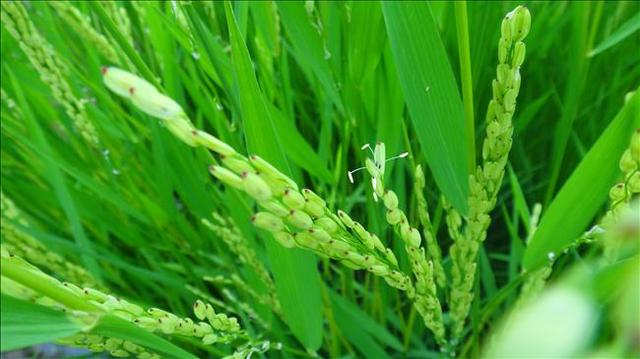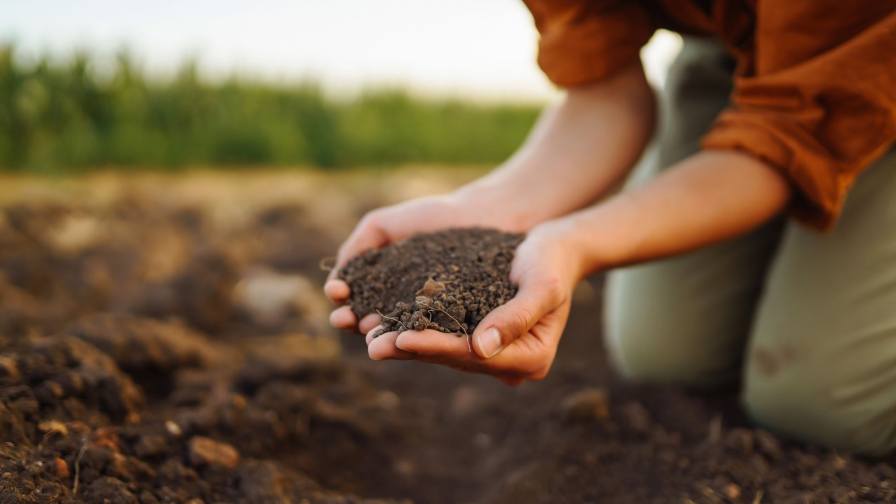Australian Wheat Solid; Sugar, Bananas Damaged
Australia’s wheat production for 2006/07 is expected to top out at 24 million metric tons (MMT), 1.1 MMT below 2005/06 levels but still historically strong, according to the US Deparment of Agriculture’s Foreign Agriculture Service (USDA-FAS).
The 2005/06 season, which witnessed a much needed return to normal weather patterns, helped restore Australian agricultural output to pre-drought levels, and benefited from a boost in planted area, as livestock were depleted by the drought and that land was dedicated to cereals. This has also enlivened Australia’s historically minor market for feedgrain as the livestock sector replenishes itself.
The overall outlook for Australian grain is positive, with more demand for commodities coming from China as well as Australia’s own growing economy.
The 2006 forecast for wheat production begins with harvest in October 2006 (the marketing year’s beginning). This crop will likely be sown between April and May 2006. If it reaches 24 MMT as projected, the crop would be the fifth largest on record.
Long-range projections recently published by the Australian agency ABARE have wheat production increasing year-on-year to 27.7 MMT in 2010/2011. This forecast is reflective of on-farm activity with ABARE estimating capital expenditure to have increased strongly in recent times.
The area planted to wheat in 2006/07 is forecast at 12.8 million hectares (Ha), a slight increase on the revised estimate of 12.6 million Ha planted in 2005/06. According to ABARE’s historical data, a planted area of 12.8 million Ha would represent the fourth largest planted area in the past decade.
Cyclone Larry Hits Hard
Cyclone Larry, a force five cyclone, hit Australia’s North Queensland area with a force similar to Hurricane Katrina.
North Queensland produces sugar and tropical horticultural crops such as bananas. Australian sugar production for 2006/07 was recently forecast by ABARE at 5,203 MMT, an average sized crop.
The northern region contains seven sugar mills and two ports. According to industry sources, the Babinda and Mulgrave mills have suffered significant damage while the Mourilyan mill has suffered extensive damage. Both the Babinda and Mourilyan mills are owned by the Bundaberg Sugar group, which also owns the South Johnston mill, which is closely located and relatively unharmed. Two other mills have reportedly suffered damage. There have been no reports of damage to ports or sugar loading facilities.
The Herbert/Burdekin region, which produces around 40% of Australian sugar, lies just to the south of the northern region and is understood not to have suffered any damage from the cyclone — in fact, it has received valuable rainfall in some areas, leading to a mild production increase.
With regard to banana production, reports indicate that more than 200,000 MT of the crop have been destroyed, as estimates as high as 90% crop losses have been reported.
Another tropical cyclone is currently threatening the North Queensland coast. Tropical cyclone Wati is rated at a force two cyclone, but is expected to increase to a force three.





